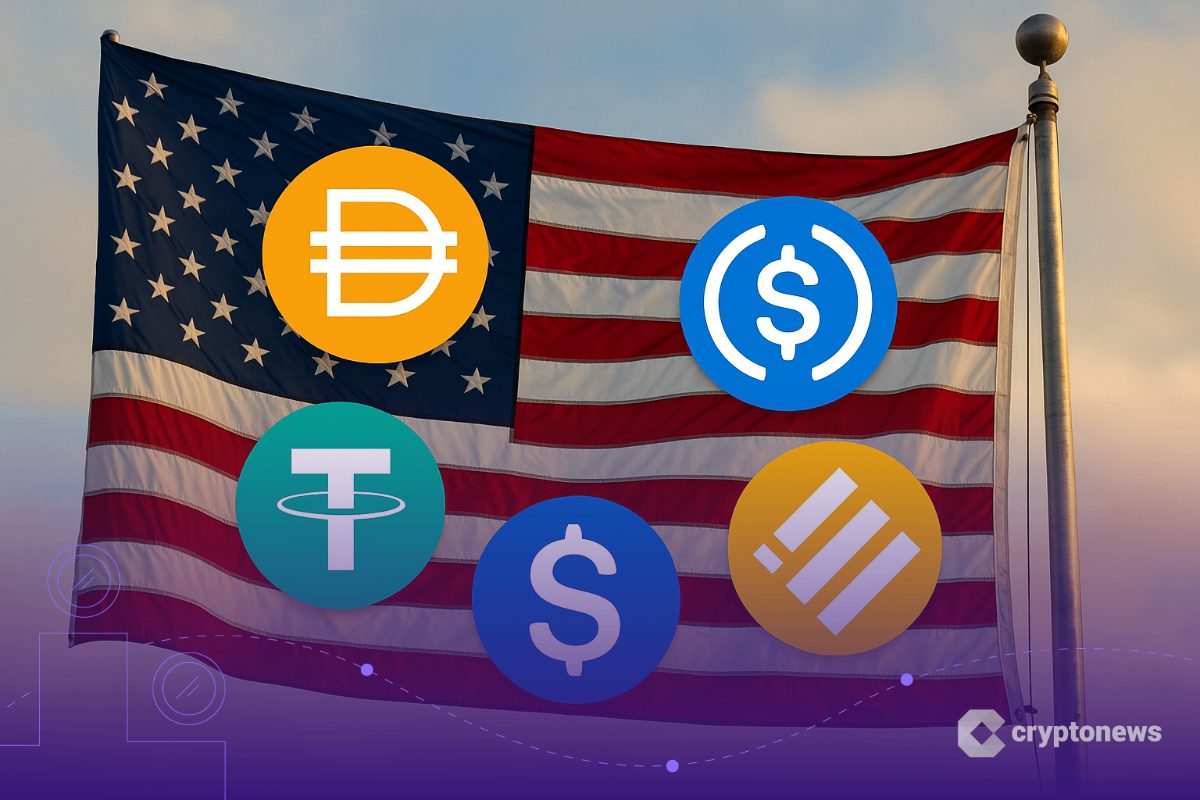Cboe BZX, NYSE Arca propose simplified regulations for crypto ETF listings
Cboe BZX Exchange and NYSE Arca have submitted proposals to the U.S. Securities and Exchange Commission that would allow crypto exchange-traded funds to list under a standardized framework.
- Cboe BZX and NYSE Arca filed proposals to allow crypto ETFs to list without individual 19b-4 approvals.
- The SEC recently approved in-kind ETF redemptions, indicating support for crypto fund reforms.
- Coordinated efforts from the SEC, Congress, and the White House signal growing regulatory clarity.
The proposed rule changes aim to eliminate the need for case-by-case approvals through the 19b-4 process, which often extends up to 240 days. ETF analyst Nate Geraci highlighted the filings in a July 30 post on X, noting that qualifying funds would no longer need individual approvals, potentially accelerating investors’ access to crypto ETFs.
If accepted, Cboe’s amendments to Rule 14.11(e)(4) and NYSE Arca’s revisions to Rule 8.201-E would permit ETFs holding cryptocurrencies like Bitcoin (BTC), Ethereum (ETH), or other digital assets to launch more efficiently, provided they meet pre-defined qualitative standards.
While specific requirements such as market cap minimums will come later, the exchanges hope this framework will reduce regulatory friction and promote market competition.
Momentum builds around crypto regulation
The filings come just one day after the SEC approved in-kind creations and redemptions for spot Bitcoin and Ethereum ETFs, a move that enhances efficiency and aligns crypto funds more closely with traditional financial products.
It also comes after the White House issued a 168-page plan for integrating digital assets into traditional finance on the same day, along with new policy guidelines.
Under the direction of President Trump’s Working Group on Digital Assets, the document urges regulators to streamline product rollouts and calls for revised regulations pertaining to custody, trading, and registration.
These developments, combined with recent legislation such as the GENIUS Act and the CLARITY Act’s progress through Congress, point to a shifting regulatory landscape. The SEC’s latest guidance on crypto ETF disclosures, issued July 7, further shows that regulators are preparing to treat digital assets as a core component of financial markets rather than a niche sector.
With deadlines approaching for spot ETFs tied to assets like Solana and XRP (XRP), the SEC’s willingness to entertain standardized ETF listings could reshape how quickly new products reach the market
You May Also Like

Tokenized Stocks: A Real Alternative to Brokers or Just an Elegant Illusion?

Payment Processor Remitly Plans Stablecoin Rollout for International Transfers
